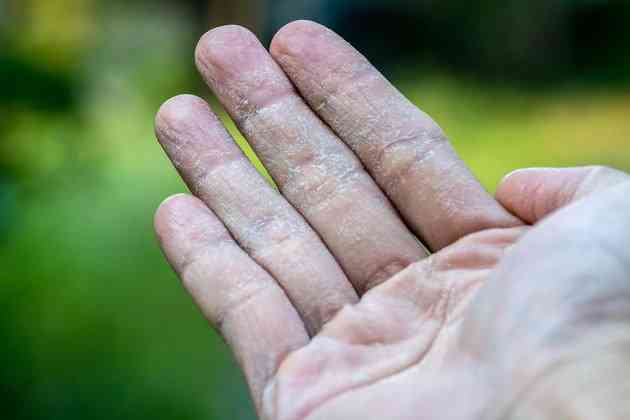Zinc Oxide Ointment and Babies

Zinc oxide, a mineral, is the active ingredient in numerous baby diaper rash ointments. The mineral can be mixed with various other ingredients to treat specific types of diaper rash and some other skin irritations. As with any over-the-counter medicines, the ointment should only be used as indicated. When considering zinc oxide ointment for other ailments, including hemorrhoids, in babies a caregiver should contact a health care professional.
 The zinc oxide in diaper rash creams makes for a happy baby. (Image: Siri Stafford/Photodisc/Getty Images)
The zinc oxide in diaper rash creams makes for a happy baby. (Image: Siri Stafford/Photodisc/Getty Images)What Zinc Oxide Is Used For
Zinc oxide is most often applied topically to treat diaper rash, minor burns, severely chapped skin and other minor skin irritations, states Drugs.com. When approved by a health care professional, zinc oxide can be used rectally to treat itching, burning, irritation and other rectal pain caused by hemorrhoids or bowel movements.
How Zinc Oxide Works
Zinc oxide is often mixed with various other ingredients to create a waterproof ointment. The soothing properties of the mineral mixed with the moisture barrier of the ointment can treat diaper rash and protect against future diaper rashes. AskDrSears.com points out that several varieties of zinc oxide ointment exist. Some have milder scents than others but most are quite thick compared to alternative diaper rash creams without the mineral. Most ointments made with zinc oxide don't wash off easily, which is both a benefit and a downfall of the treatment. Adhering to the skin protects the baby from the diaper and moisture but it makes application inconvenient for the caregiver.
Limitations of Zinc Oxide Ointments
When zinc oxide ointment is used for seven days but the diaper rash persists or worsens it is possible that an infection has developed. It is not uncommon for a baby to develop a bacterial or fungal infection in the diaper region, because of persistent moisture, fecal matter and the natural existence of yeast in the body. Zinc oxide will not kill bacteria or yeast. Drugs.com recommends that you contact a doctor when the diaper rash becomes warm, bright red or if it oozes. Yeast rashes often cause bright red areas near the bottom or vaginal areas. There may be small red bumps a small distance away from the main rash.
What to Watch For
The use of zinc oxide in babies is generally considered to be safe. In some instances, a baby with allergies to certain agents may have a reaction to the ointment. Drugs.com suggests common related allergens to include zinc, dimethicone, lanolin, petroleum jelly, parabens, mineral oil or wax.
Additional Considerations
In addition to treating diaper rash with zinc oxide ointment, caregivers should change the baby's diaper frequently. Diapers trap moisture and heat, which promotes skin irritation and the growth of infectious agents. Bathing the baby in a warm bath and keeping the area as dry as possible can improve and prevent future rashes. Moderate diaper rash can benefit from airing out or allowing the baby to go without a diaper for as long as possible. The baby can be kept on a blanket or other surface that can be soiled and easily cleaned.
Zinc oxide is an ingredient that is not to be used on babies when wearing cloth diapers. The petroleum and other similar ingredients can build up on the cloth diaper and cause it to repel liquids instead of absorb them. Caregivers can consult the cloth diaper manufacturer to learn of diaper rash cream alternatives that do not ruin the effectiveness of the diaper.




